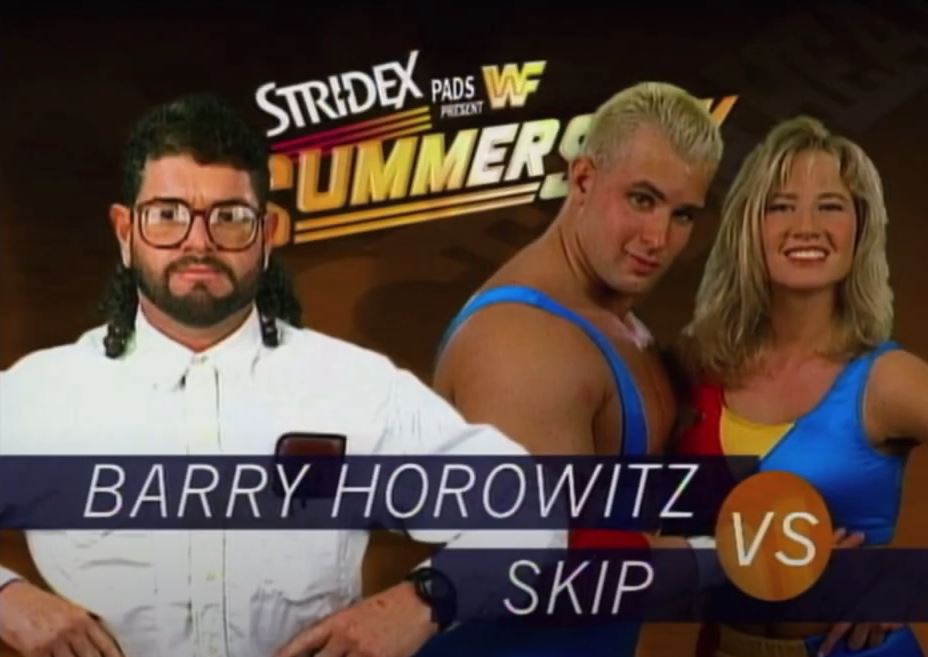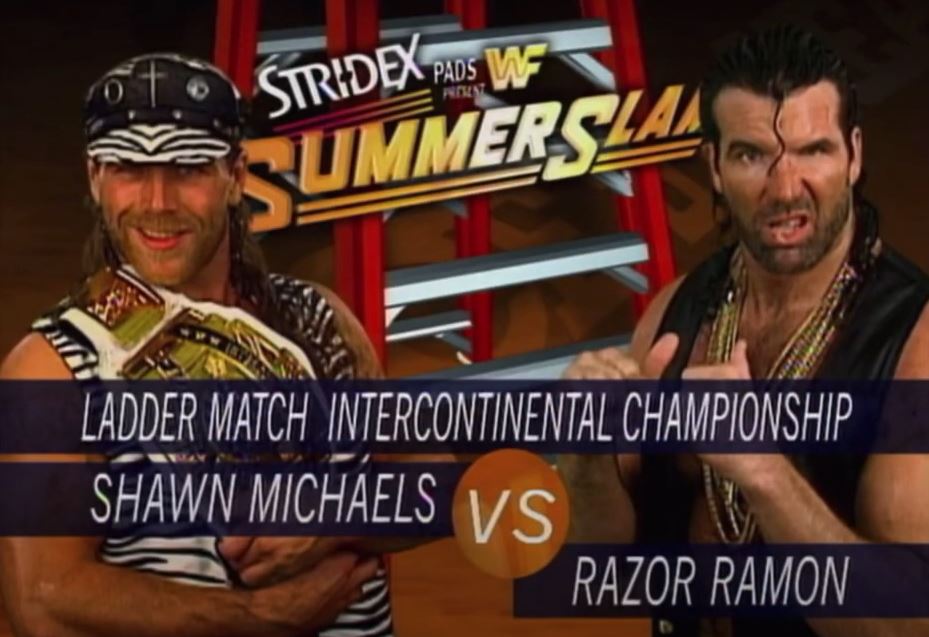WWF Summerslam ’95: A Retrospective Review

The summer of 1995 was a pivotal time for the World Wrestling Federation (WWF). The New Generation Era was in full swing, and Vince McMahon was at a crossroads. While names like Shawn Michaels were gaining momentum, others like Diesel, despite holding the top belt, weren’t drawing as hoped. Summerslam 1995, emanating from Pittsburgh, Pennsylvania, became a snapshot of a wrestling promotion in the midst of identity struggles, both creatively and commercially.
The summer of 1995 was a pivotal time for the World Wrestling Federation (WWF). The New Generation Era was in full swing, and Vince McMahon was at a crossroads. While names like Shawn Michaels were gaining momentum, others like Diesel, despite holding the top belt, weren’t drawing as hoped. Summerslam 1995, emanating from Pittsburgh, Pennsylvania, became a snapshot of a wrestling promotion in the midst of identity struggles, both creatively and commercially.
Behind the Scenes:
Before diving into the match breakdown, let’s focus on the backstage scene. 1995 was a year of intense competition and transitions in the pro wrestling business. With WCW upping its game, WWF was facing intense pressure to produce compelling storylines and characters. At this point, Diesel had been the WWF Champion for a while, but his reign was not setting the world on fire. On the other hand, Shawn Michaels was rapidly ascending the ladder (literally and metaphorically) and was seen by many as the future of the company.

Hakushi vs. 1-2-3 Kid
Opening the event was Hakushi against the 1-2-3 Kid. This was a match that showcased the high-flying, fast-paced wrestling that was gaining popularity. The 1-2-3 Kid, later known as X-Pac, was a rising star, and Hakushi was one of the most technically sound wrestlers of his time. Although a solid opener, the match perhaps didn’t get the time or the creative focus it deserved, which might explain why both wrestlers remained mid-carders despite their talent.
Hunter Hearst Helmsley vs. Bob Holly
This match was early in Triple H’s WWF career, long before he became “The Game.” Bob Holly was a consummate professional but was never really positioned above the mid-card level. The match was a display of technical wrestling but did not have much of an emotional storyline to make it memorable. However, it was clear even then that Triple H was pegged for greater things, given his polished in-ring work and natural heel charisma.
Match 3: The Smoking Gunns vs. Jacob and Eli Blu
This tag team bout was relatively standard fare and somewhat forgettable. The Smoking Gunns were a decent team, but they were not setting the tag division on fire. Meanwhile, Jacob and Eli Blu were one of many generic “twin” gimmicks that didn’t offer much in terms of depth or storytelling. This match was an example of WWF’s struggles to elevate the tag team division during this period.

Match 4: Barry Horowitz vs. Skip
The storyline between these two was one of the most entertaining mid-card angles at the time. Barry Horowitz, the perennial jobber, getting the best of Skip (later known in the wrestling world as Chris Candido) was a feel-good story. The match itself was decent, and it served its purpose of providing an emotional high point in the middle of the card.

Match 5: Women’s Championship – Bertha Faye vs. Alundra Blayze
The women’s wrestling scene in WWF at this time was miles away from what it would become decades later. This match was one of the lowest points of the event, not necessarily because of the in-ring action, but due to the lack of creative investment in the women’s division. Bertha Faye’s win, managed by Harvey Wippleman, was an underwhelming moment in a division that had seen better days.

Match 6: The Undertaker vs. Kama – Casket Match
The Undertaker’s feud with Kama was part of his ongoing war with Ted DiBiase’s Million Dollar Corporation. The Casket Match stipulation added a level of intrigue, but the bout was not particularly memorable compared to Taker’s later classics. Still, it was an essential chapter in the growing legend of The Undertaker.

Match 7: Bret Hart vs. Isaac Yankem DDS
It’s easy to forget that Isaac Yankem would later find fame as Kane. This match was an example of how even the excellent Bret Hart couldn’t pull a great match out of a poorly conceived character. Although well-executed from a technical standpoint, it was hampered by the sheer absurdity of Yankem’s dentist gimmick.

Co-Main Event: Shawn Michaels vs. Razor Ramon – Ladder Match for the Intercontinental Championship
Now, we come to the show-stealer. Shawn Michaels was on the ascent, and this match solidified his status as a top-tier talent. The Ladder Match with Razor Ramon was a sequel to their groundbreaking bout at WrestleMania X and lived up to the hype. High spots, incredible athleticism, and storytelling were combined flawlessly. Shawn’s win marked another crucial step in his journey to the WWF Championship.

Main Event: Diesel vs. King Mabel – WWF Championship
The main event was indicative of WWF’s creative struggle. Diesel, despite being champion, was not pulling in large audiences. The match against King Mabel was lackluster, and Mabel was not perceived as a credible threat. Diesel’s victory was not a triumphant moment but more a sigh of relief that the bout was over. This match underscored the need for new, compelling stars at the top, something that became increasingly clear with the rise of Shawn Michaels.
Moving Forward
Summerslam 1995 was a mixed bag, with flashes of brilliance overshadowed by evidence of creative stagnation. While the event helped solidify Shawn Michaels as the future of the company, it also underscored the limitations of pushing Diesel as the champion. In many ways, the event served as a microcosm of WWF’s struggles and aspirations during this transitional period, with an eye towards a future that would eventually usher in one of the most dynamic eras in pro wrestling history.




